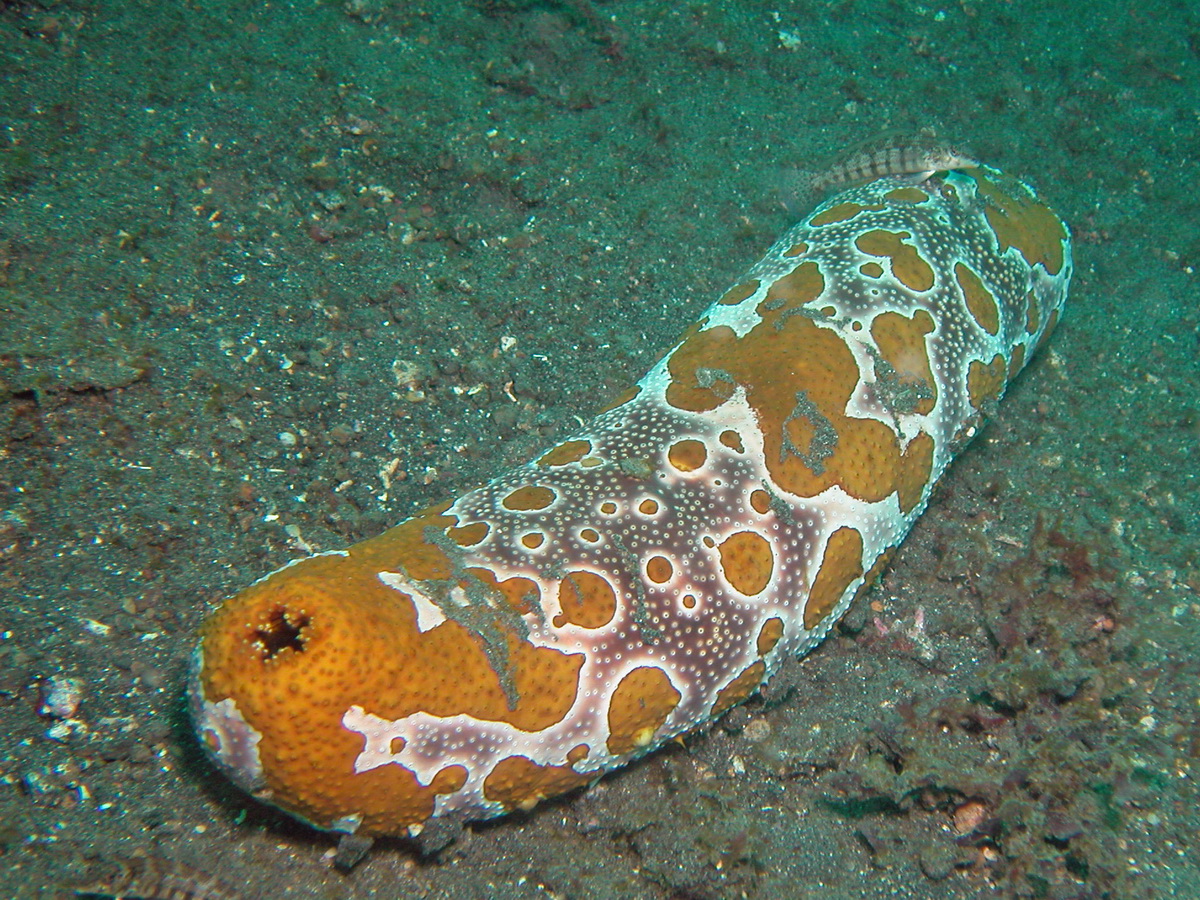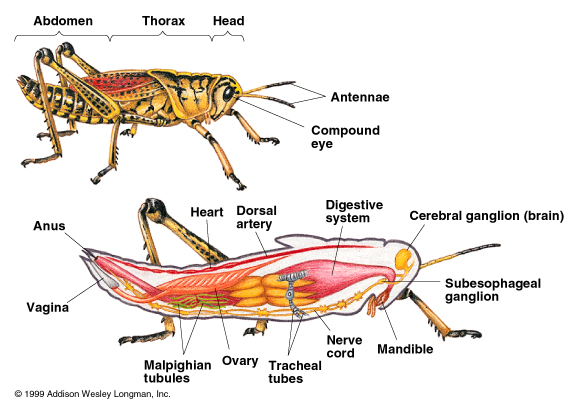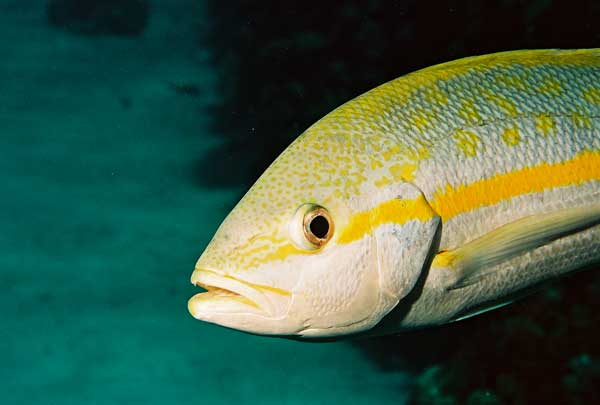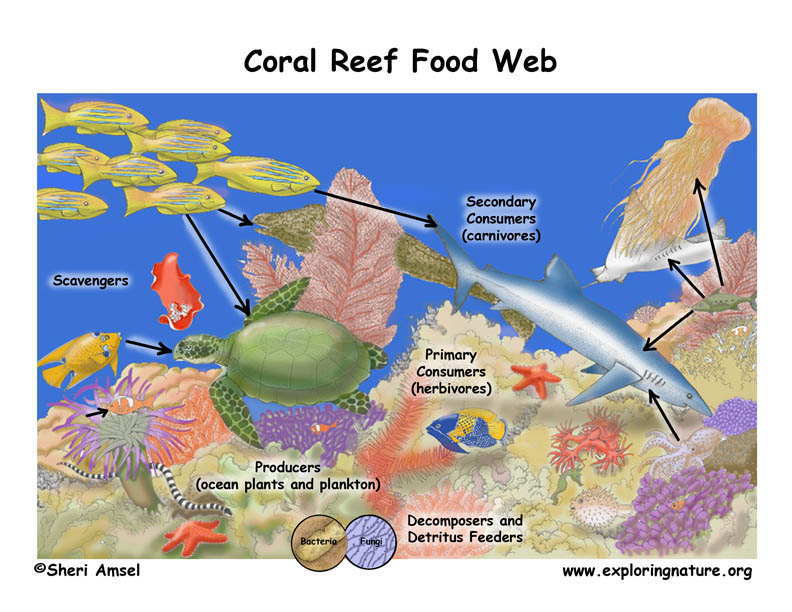Adaptation- a characteristic an organism develops to better fit its habitat
Three Marine Adaptions:
-gills
-swim bladder
-movement
Movement and Specialized Limbs
-siphon(squids, octopuses, etc.)
-tube feet(sea stars)
Specialized Eye Structure
-Omnatophores(eyestalks)
-Tubular eyes
 |
| Barreleye fish uses eyeshine |
-Tapetum Lucidum and eyeshine
Catching Prey
-Ampullae of lorenzini(jelly-filled sacs that detect magnetic direction, electrical charges, and temperature)
-angler fish use an illicium(lure)
Avoiding Predators: Primary Defense
-thick skin(manatee, walruses, etc.)
-shells(turtles, crabs, etc.)
-toxin(lionfish, spotted scorpionfish, etc.)
-setae(fireworms)
-claws(lobsters, crabs, etc.)
Avoiding Predators: Secondary Defense
these are behaviorally induced and primary is physical appearance
-the sea hare, squid, and octopus all use inking, parrottfish use mucus bubbles, and balloonfish use inflation
 |
| Sharks use countershading |
Camouflage
making a visible organism indiscernible from its surrounding
-the spotted scorpionfish and the flounder use camouflage
Countershading
a color pattern of the skin where it is dark on top and light on bottom
-advantageous because from a top view the dark blends in with the sea and from the bottom the light blends in with the sun
-hog fish, killer whales, and the four-eyed butterflyfish use body shape breakup
Bioluminescence
where energy is released by a chemical reaction in the form of light
 |
| Fungi using bioluminescence |
-attract prey, communication, camouflage, and to avoid predation are reasons why bioluminescence is used
-90% of deep sea creatures use bioluminescence
-blue and green reach the deepest in the ocean which is why the radiation is usually that color
-fungi also use it
Below is a link to a game that gives more info on adaptations and their benefits.
http://sea.sheddaquarium.org/sea/buildafish/flash.html







.jpg)







































